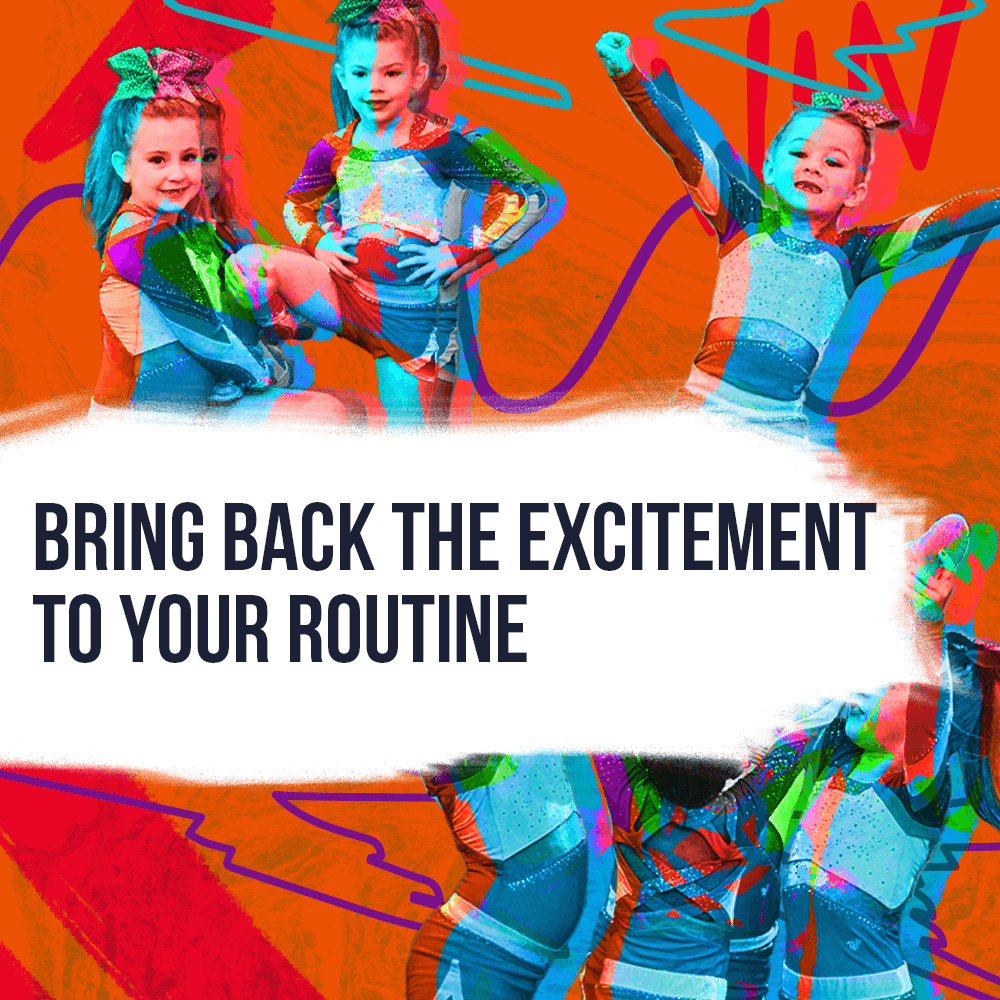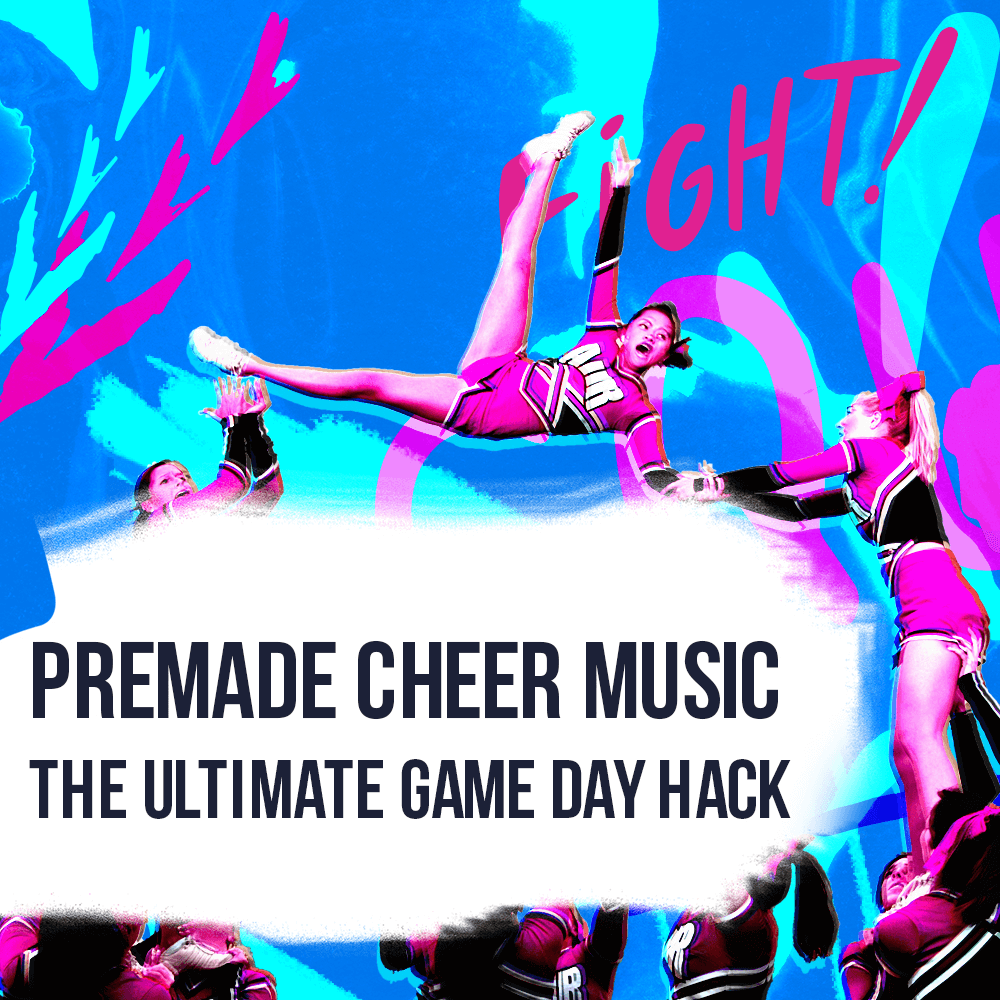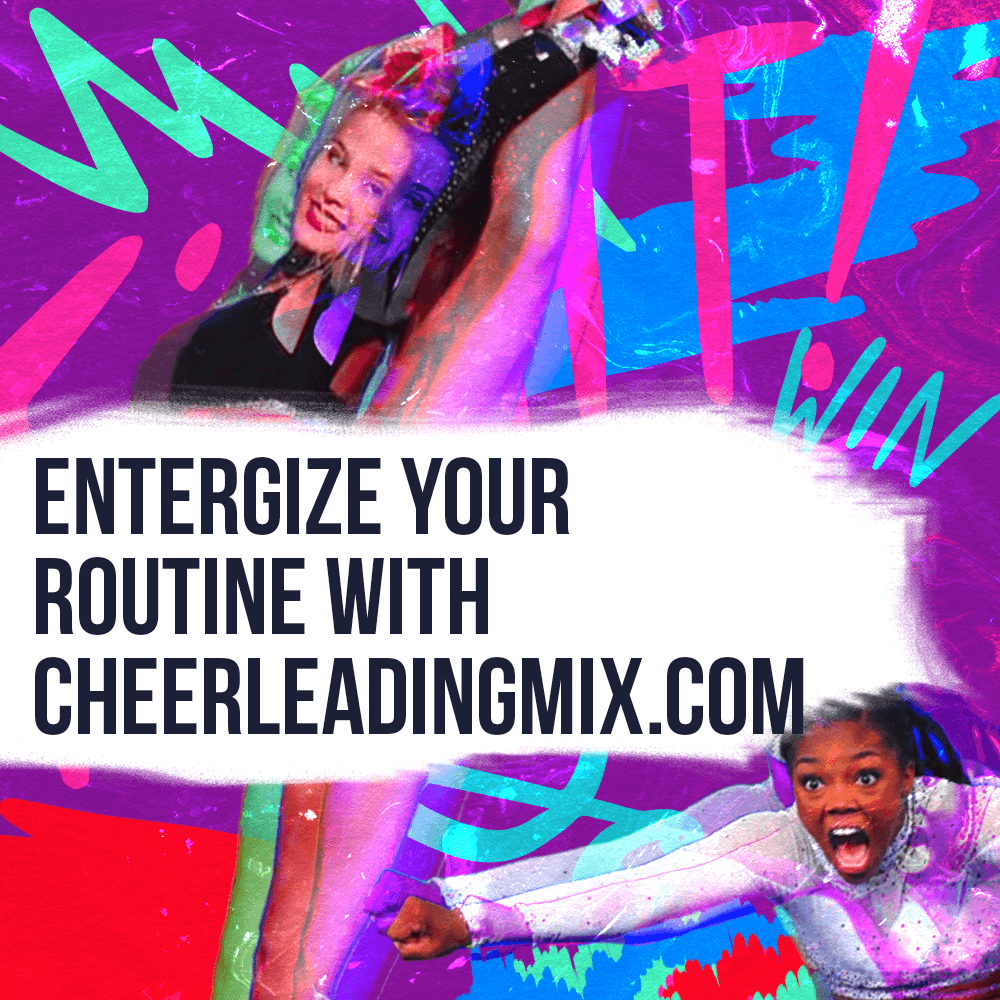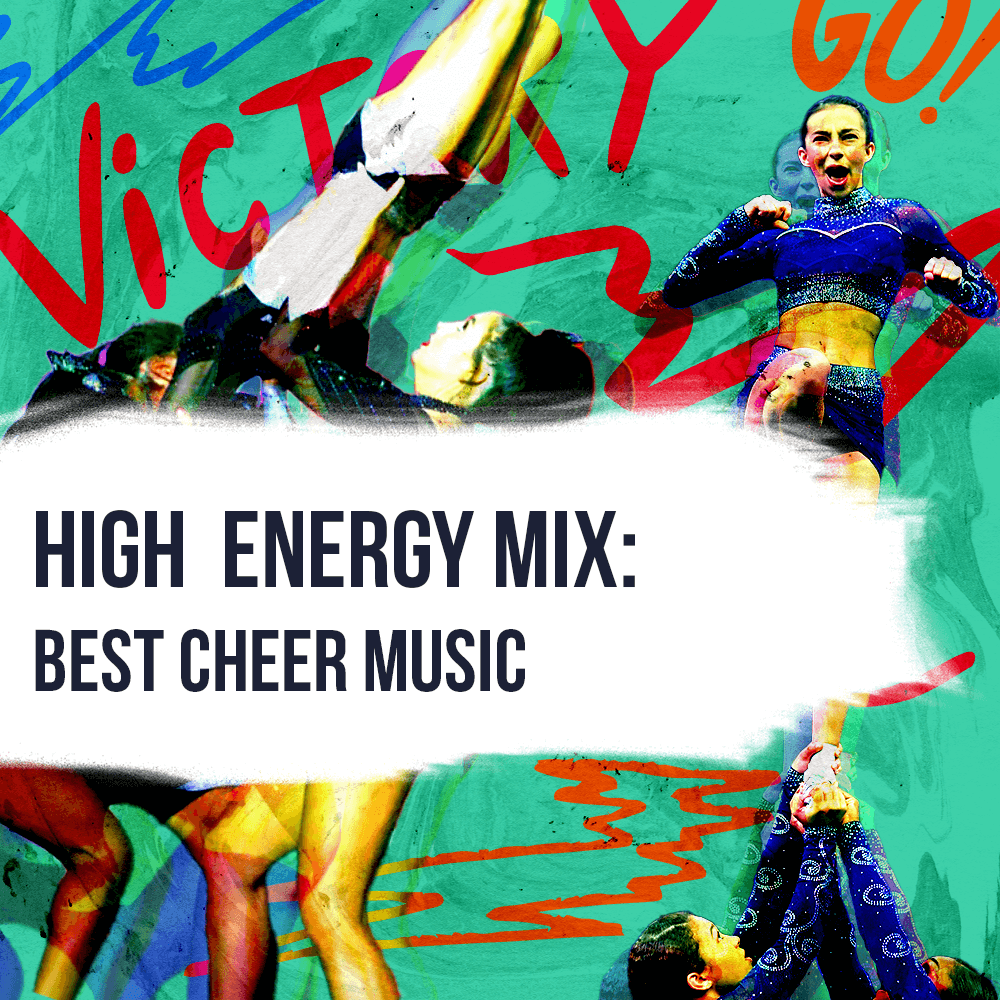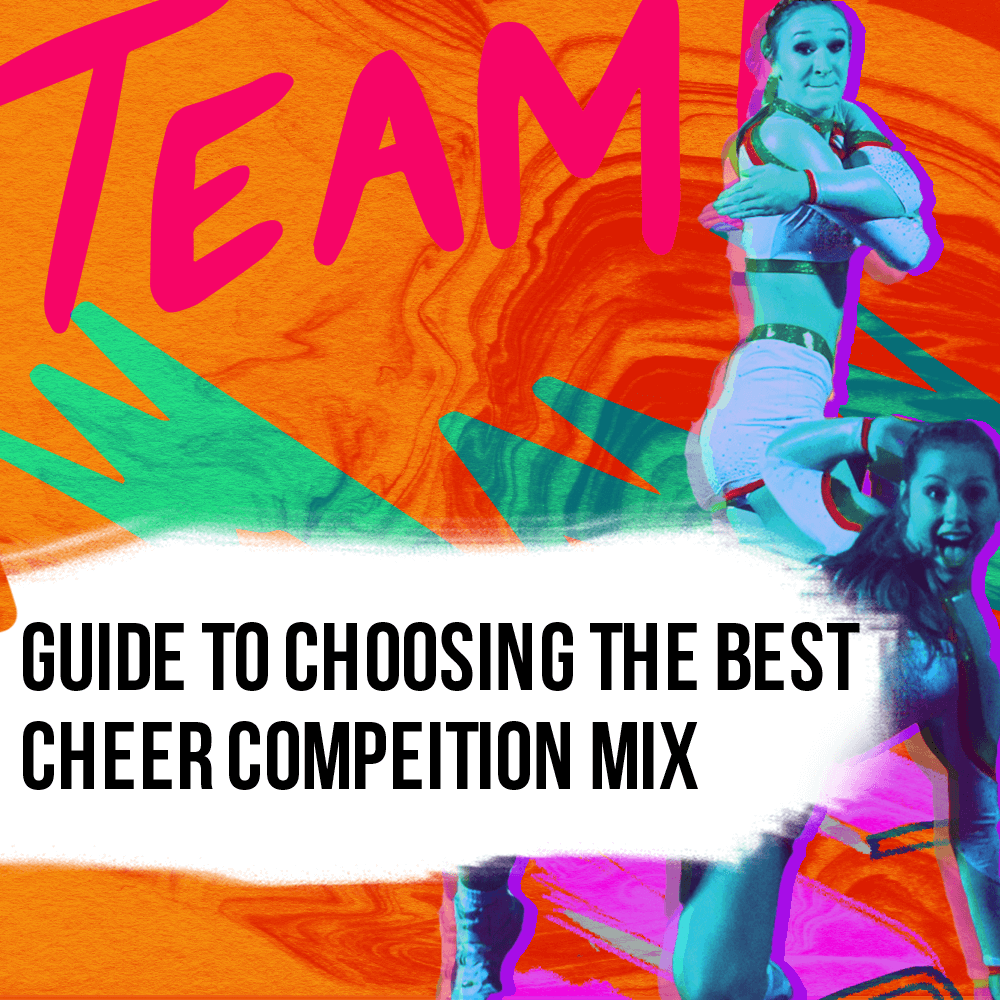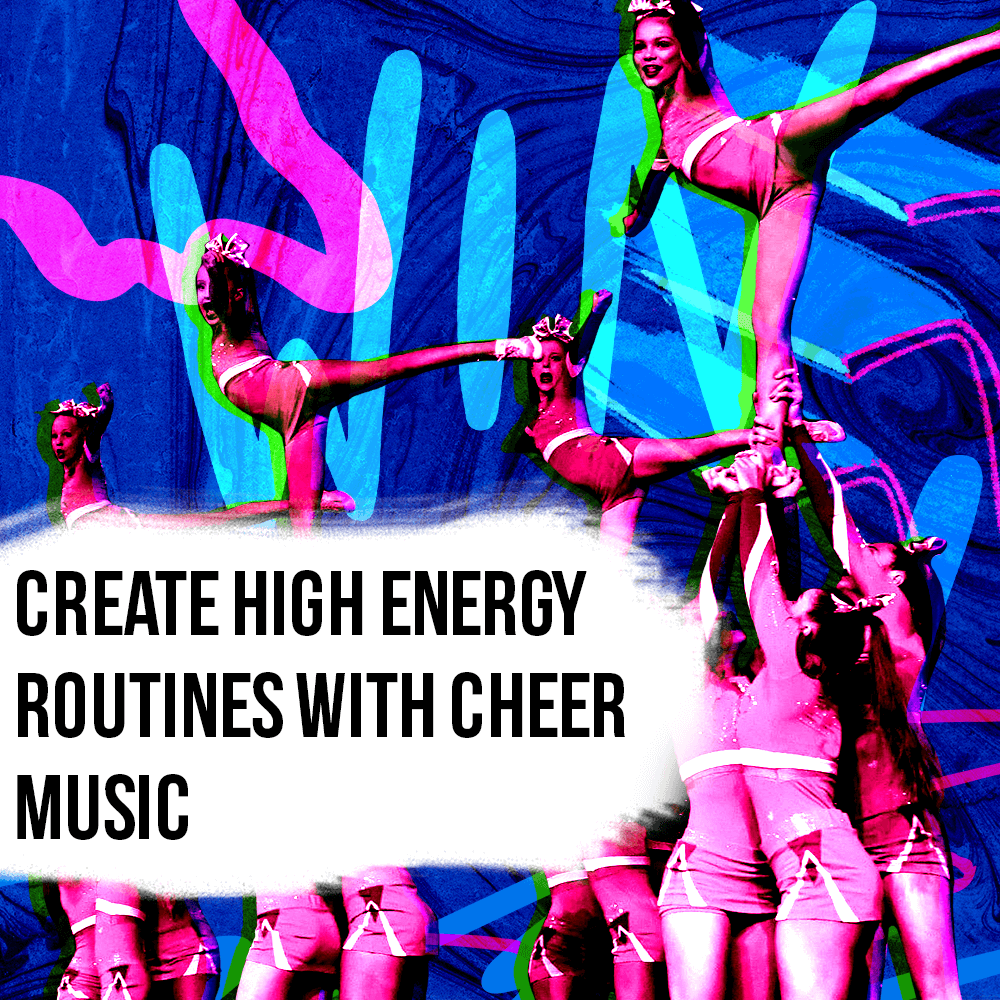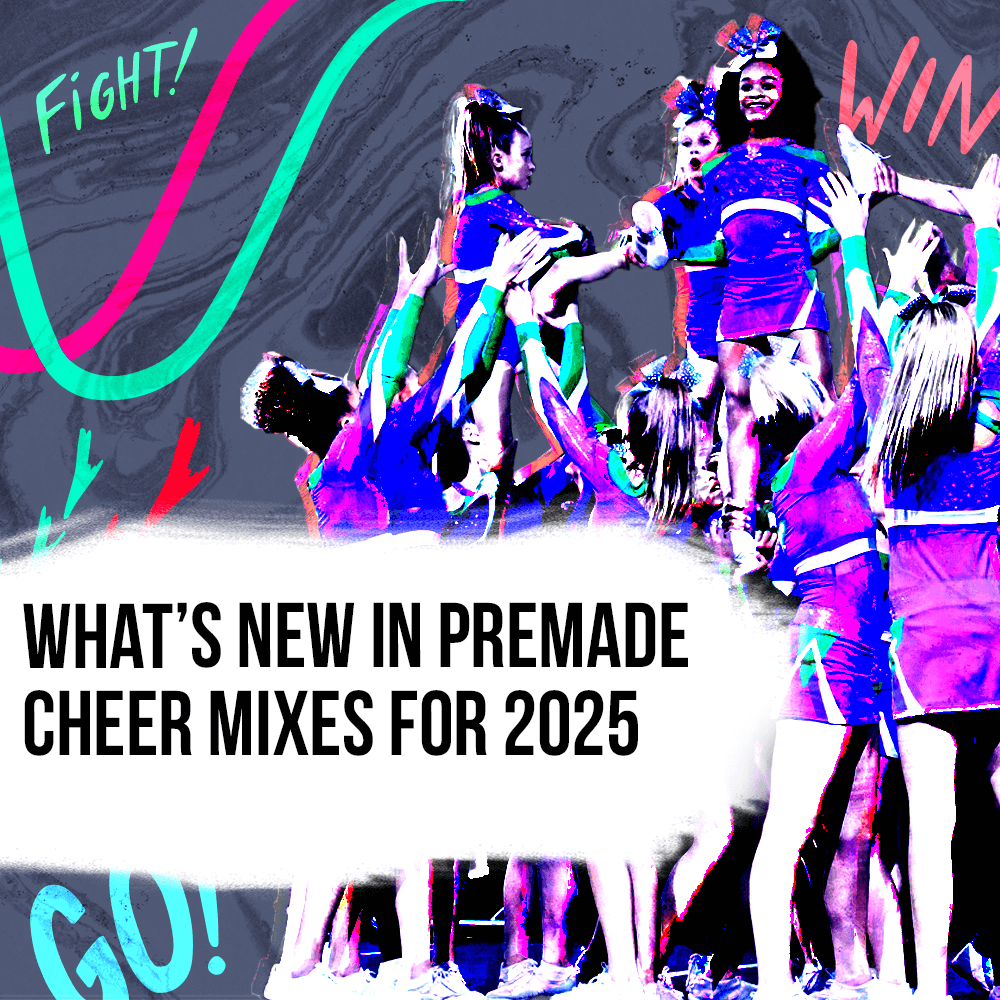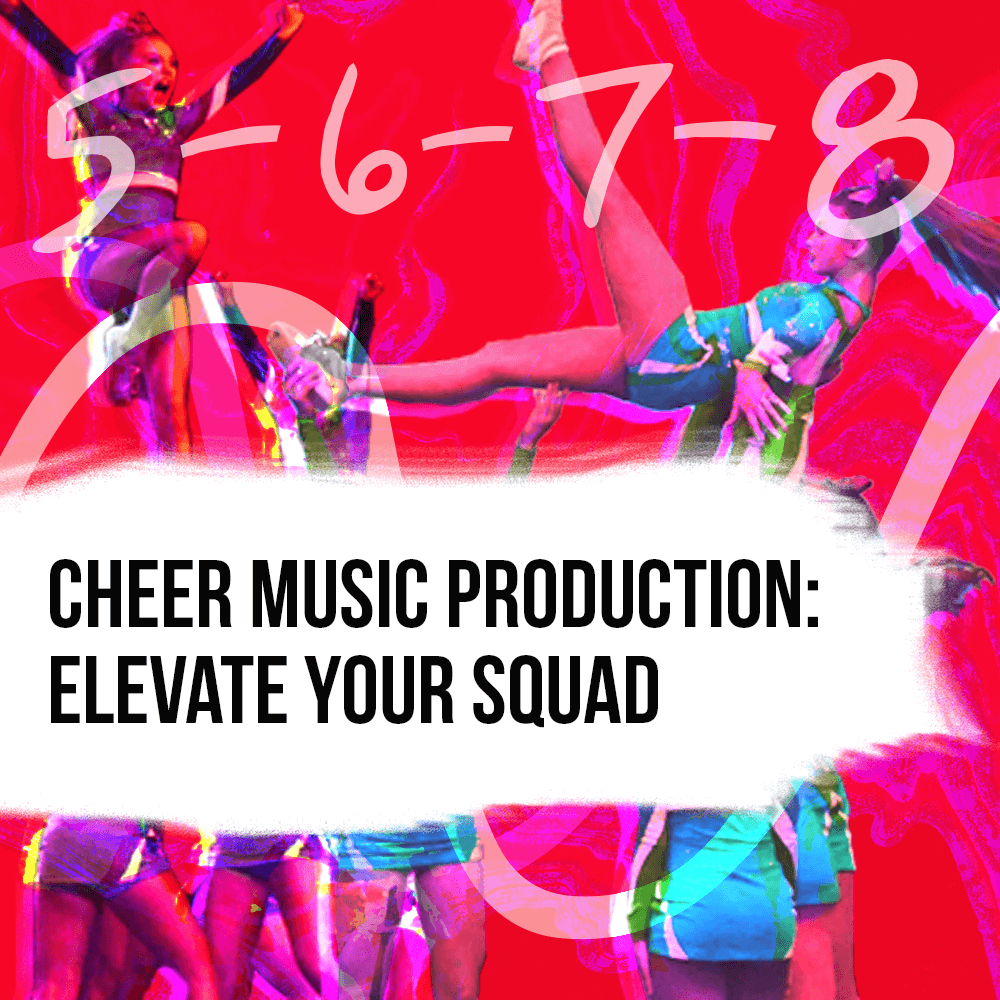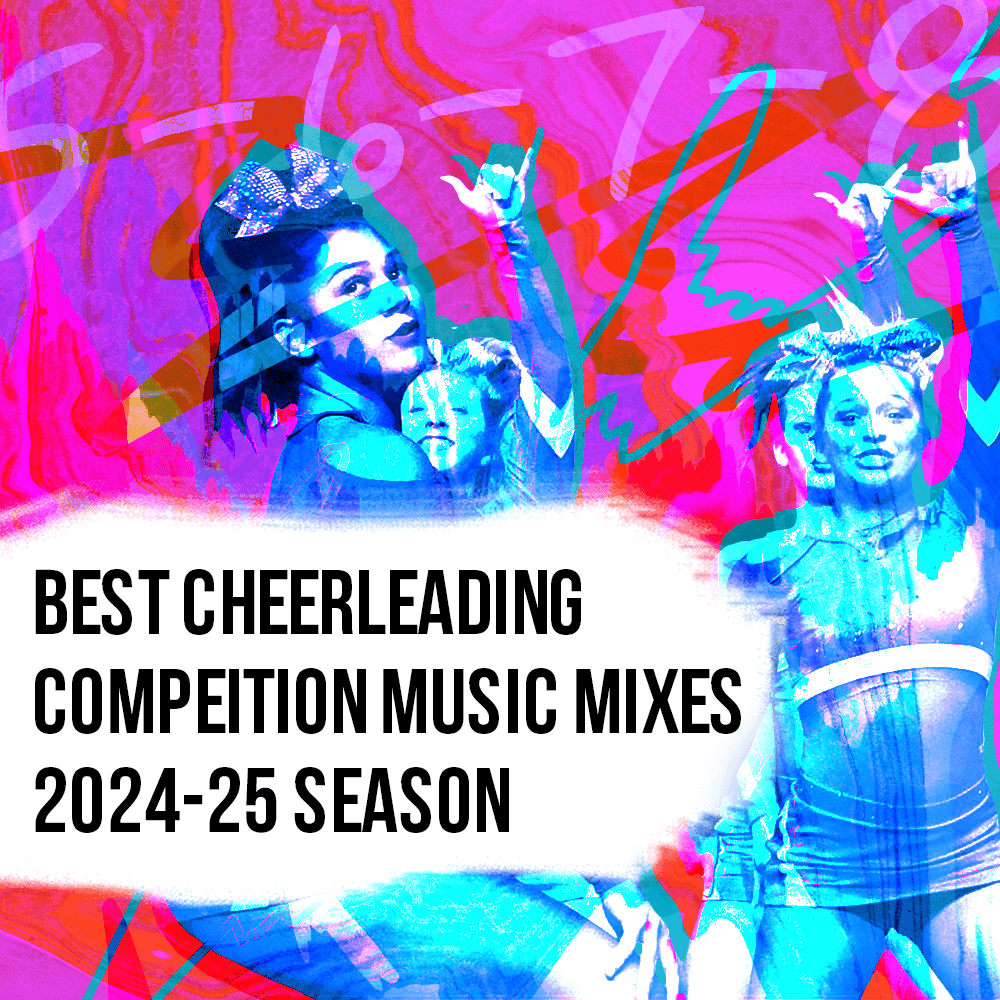Welcome to the world of cheerleading, where music isn’t just background noise—it’s the driving force that keeps the crowd on their feet and the team locked in. At CheerleadingMix.com, we know the right track can turn an ordinary routine into a show-stopping performance. This guide will walk you through what makes great high-energy music and how to choose the perfect soundtrack for your team.
Why Music Matters in Cheerleading
Cheer music has come a long way from the days of simple chants. Today, it’s the heartbeat of every performance—setting the pace, sharpening timing, and adding the kind of excitement that makes the crowd roar. The right soundtrack gives athletes the confidence to hit their stunts, stay in sync, and bring their energy to the mat.
What Makes a Song “High Energy”?
Not all upbeat songs work for cheer. The best mixes share a few common traits:
- Fast tempo – Keeps the routine moving and the energy high.
- Strong beats – Helps athletes stay on time and makes big stunts feel more powerful.
- Positive lyrics – Uplifts both the team and the audience.
- Catchy melodies – Keeps the crowd engaged and makes routines memorable.
Pop, hip-hop, and EDM are some of the most popular go-to styles, with artists like Beyoncé, Rihanna, and Pitbull always delivering crowd favorites. Studies even show high-energy music boosts motivation and performance—which is exactly what every team needs on the mat.
Top Cheer Mix Picks
When it comes to picking music for your routine, look for songs that balance energy, audience appeal, and clean lyrics. Here are a few CheerleadingMix.com favorites that never miss:
- “Angels With Halo” by CheerMusicPro – Bright, uplifting, and perfect for big moments.
- “Queens Will Slay” by Cheer Addiction Music – Fierce, bold, and empowering.
- “Show Off” by Bowdacious Beats – Flashy, fun, and full of confidence.
These mixes combine energy and personality, helping teams connect with both judges and fans.
How Technology is Changing Cheer Music
Custom mixes are now easier than ever thanks to new production tools. Instead of cutting and pasting songs, teams can have seamless transitions, dramatic sound effects, and voiceovers built into their soundtrack. This makes routines feel polished and professional—while also giving each team its own unique vibe.
Seasonal Music Tips
The type of music you choose can also depend on the season:
- Tryouts (May–July): Go for upbeat and encouraging tracks to keep new athletes pumped.
- Summer Camps (June–July): Fun, lighthearted songs that build team spirit.
- Football Season (Aug–Oct): Big, bold mixes that get the crowd hyped on game days.
- Competition Season (Nov+): Dramatic, high-impact music that grabs the judges’ attention.
Having the right music for the moment makes all the difference in how your team connects with the crowd.
Final Thoughts
High-energy music is the secret ingredient that turns hard work into a performance that everyone remembers. Whether you’re gearing up for tryouts, halftime, or the competition floor, choosing the right soundtrack sets the tone for success.
At CheerleadingMix.com, we’ve made it simple with ready-made and customizable mixes that keep your routines fresh, fun, and full of energy. If you’re ready to take your team’s performance to the next level, explore our library today and find the perfect fit for your squad.


